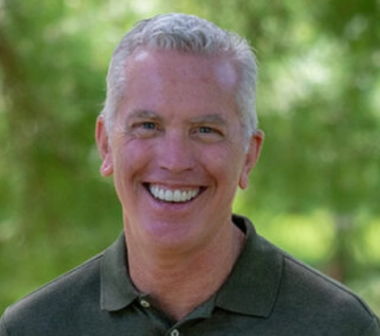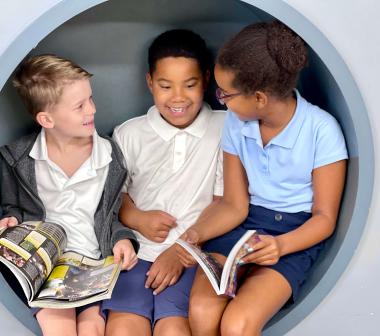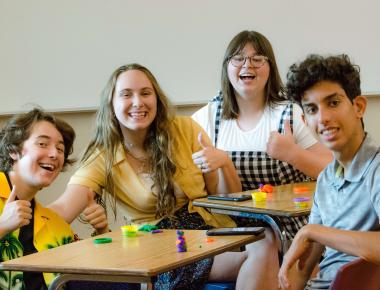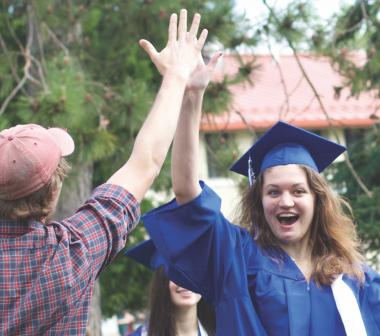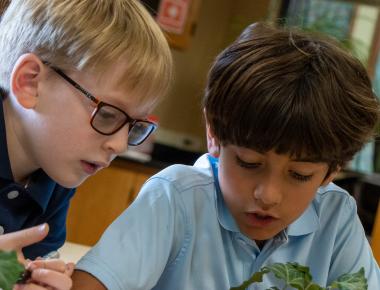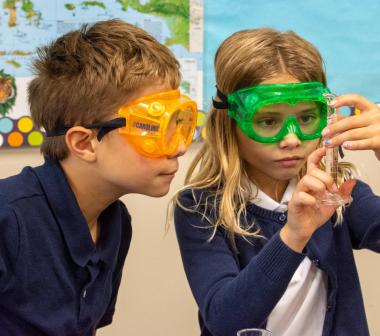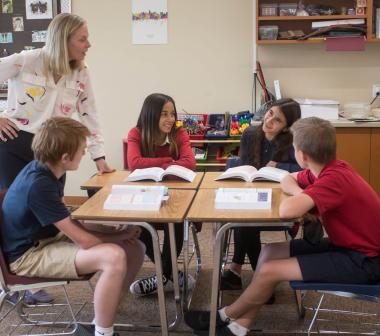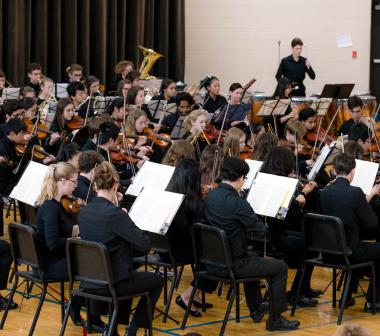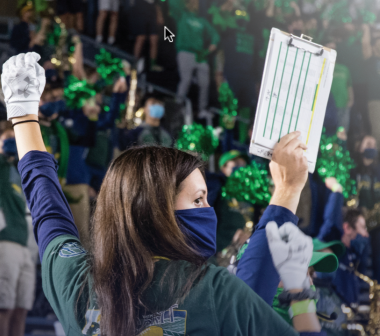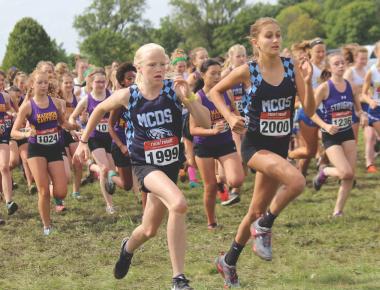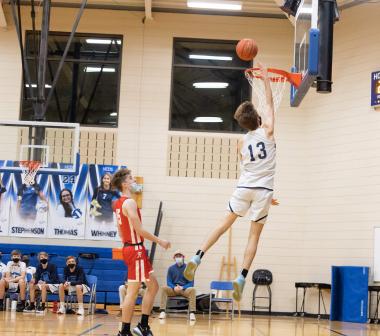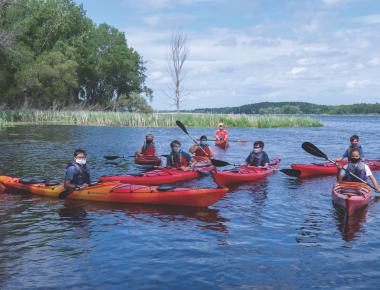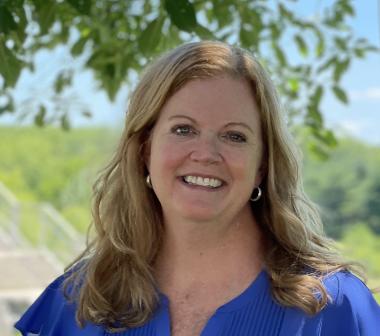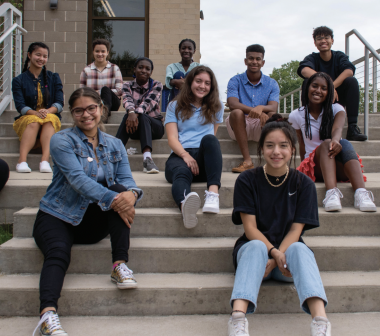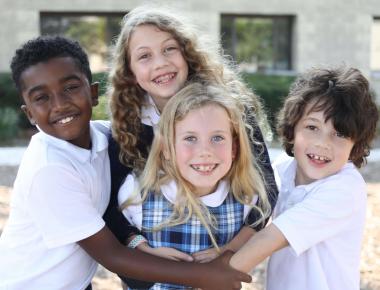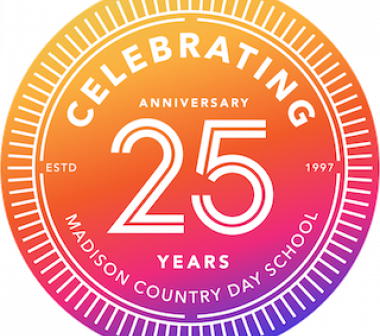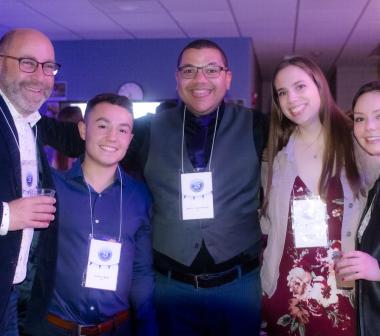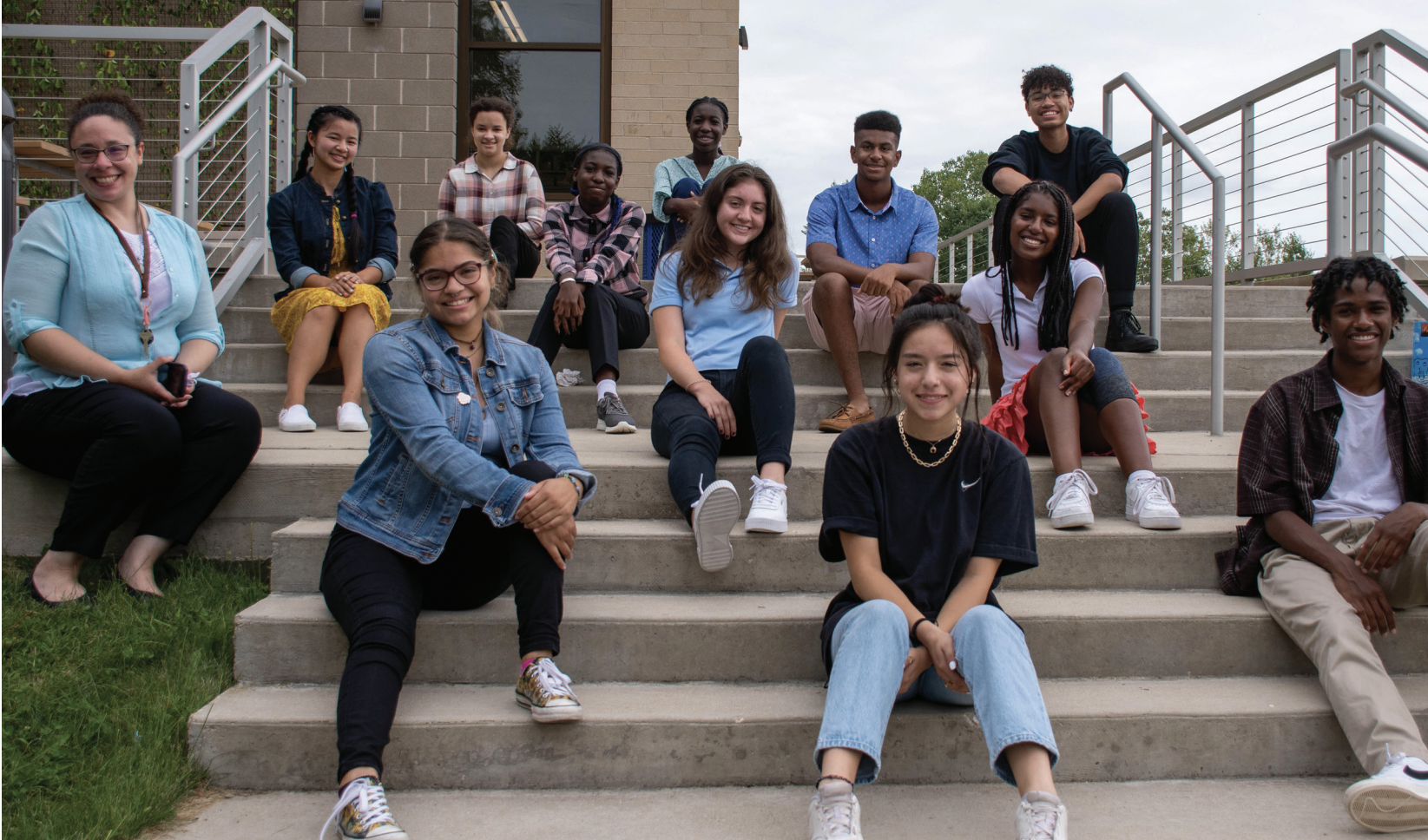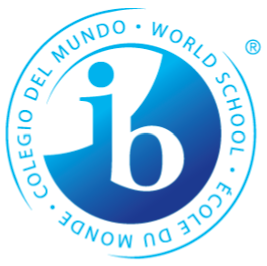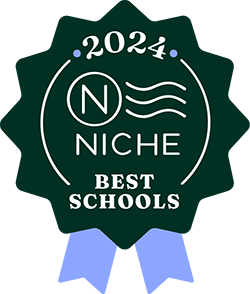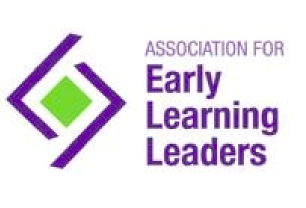Student Leadership in Diversity, Equity, and Inclusion
by Abby Asmuth ’22
"[It] is very beneficial to know that there are other people experiencing something similar to you, and that they are there for you.” —Hunter ’22
Student leadership and student-run organizations have always been an integral part of the MCDS high school experience. From Amnesty International to Creative Writing Club, students have successfully started and run a variety of groups. As staff and faculty emphasized diversity, equity, and inclusion (DEI) training this past year, high school students worked to make MCDS a more inclusive place. Sturgeon ’23 founded the student organization Social Activism and Awareness (SAA), while Hunter ’22 started the Students of Color Affinity Group (SOCAG). Sturgeon is passionate about a variety of social causes: “I've always wanted there to be an opportunity like this for MCDS to spread our love, dedication, and hard work to help the greater community.” With help of faculty advisor Mr. Holdman, he started SAA at the beginning of the 2020-21 school year. He quickly established a schedule and organization for the club. “We meet during lunch over Zoom two to three times a week, which sounds like a tough commitment,” Sturgeon says, “but really since we're a bunch of great friends working together to make the world a better place, it's always a fantastic time!”
The group focuses on addressing a variety of important social and political issues through social media, events, and projects. “As far as spreading awareness goes, our club Instagram account, @saamcds, posted weekly informational posts throughout Black History Month and Women's History Month to highlight some of the lesser known activists from these important movements,” Sturgeon says. The club also created incentives for high schoolers to vote in the 2020 election and to help collect litter on Earth Day. Additionally, the club worked to educate middle and high school students about the Day of Silence—which calls attention to the discrimination faced by LGBTQ+ youth—and to create gender-neutral bathrooms in the high school.
Sturgeon is eager for the club to expand in the future. “I would love to see SAA grow in numbers and in influence of the greater community,” Sturgeon says. “There are an endless number of topics we would love to work on, and we are never finished dealing with a single social issue, so we've certainly got our work cut out for us!”
Meanwhile, Hunter has focused her efforts on connecting students of color. Last fall, she attended the NAIS Student Diversity Leadership Conference, which inspired her to start the high school Students of Color Affinity Group. “The conference was an opportunity to explore your identity relative to diversity, to learn to be a proponent of diversity, and to hear from other students at independent schools,” Hunter explains. “From the people I met, I heard about their affinity groups for students of color. Since the students of color at MCDS were fairly disconnected before, I thought this would be a good way to bring us together and build community.”
After the conference, Hunter met with Mr. Locke, head of high school, to discuss how to apply what she learned to MCDS. She gave her idea for the SOCAG, and Mr. Locke gave his support. From there, she recruited Sara ’22 and Ellie ’22 to help her run the group and enlisted Ms. Fleming to serve as faculty advisor. Once the team was built, they began discussing what they wanted the group to look like.
The SOCAG leadership designed the group to be a place for students of color to gather and share experiences. “The goal is to discuss our experiences at MCDS as people of color. While they may not always be negative experiences, they are definitely different from white students’,” Hunter says. “Having that space to discuss with other students is very beneficial—to know that there are other people experiencing something similar to you, and that they are there for you.”
Focusing on social discussion, rather than active change, was an intentional choice by the group’s leadership. “I think if we’re going to make change to the community, we should have all members of the community represented,” Hunter states. “Mostly, we just want SOCAG to be a place to bring students of color together and make them feel and know they’re not alone.”
Reflecting on MCDS’s DEI efforts as a whole, Hunter says, “I think the most that the MCDS community can do now is to talk about things—talk about issues related to race and diversity and to not be afraid to get into the difficult topics. I think there’s a lot of fear of being labeled as a bad person for doing something wrong. But understanding that that’s the learning curve, and if we don’t take time to make those mistakes, call out those mistakes, and work together, we won’t become a better community.”


